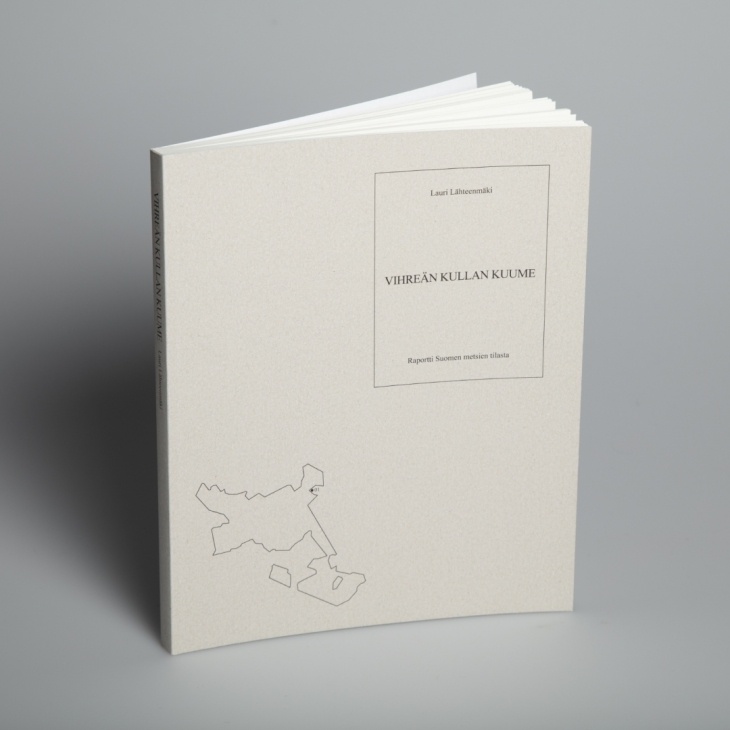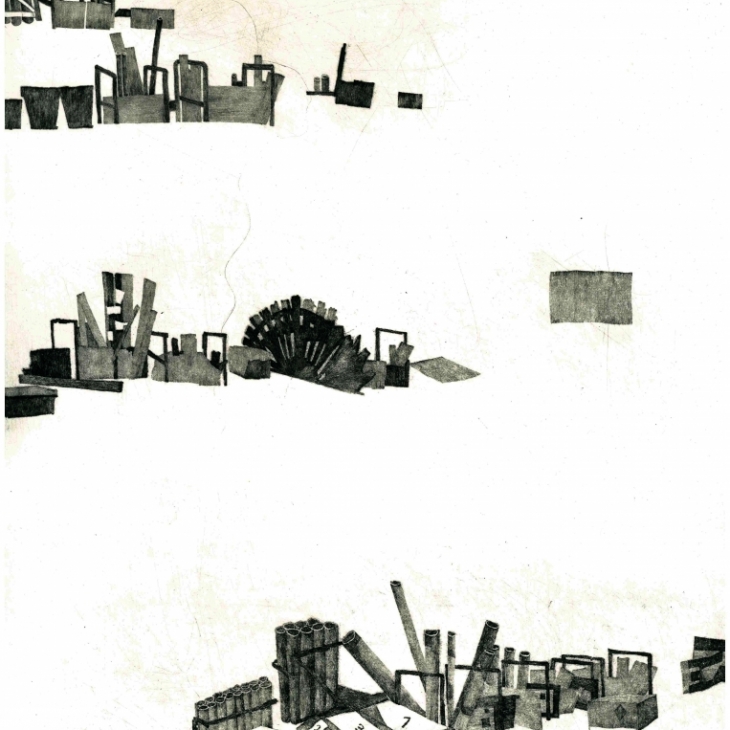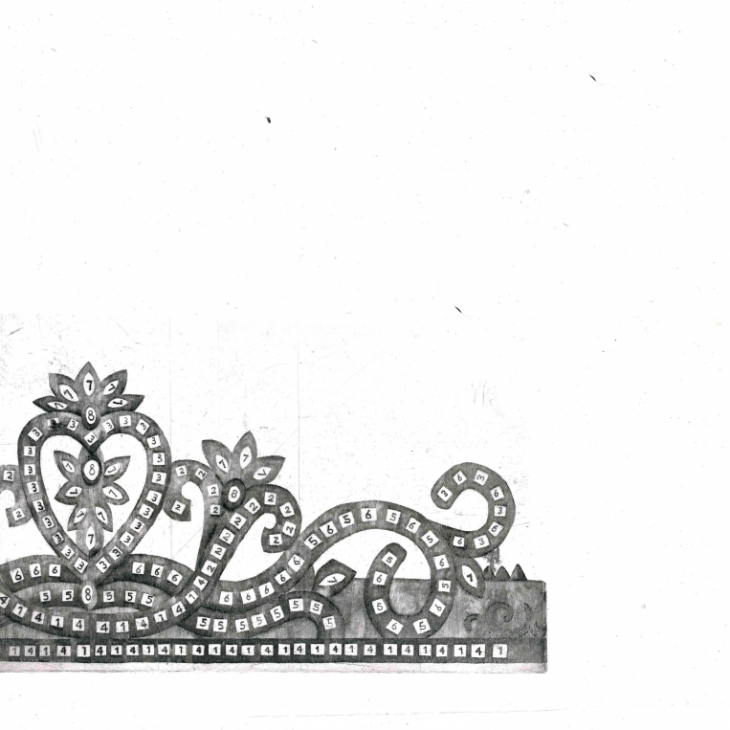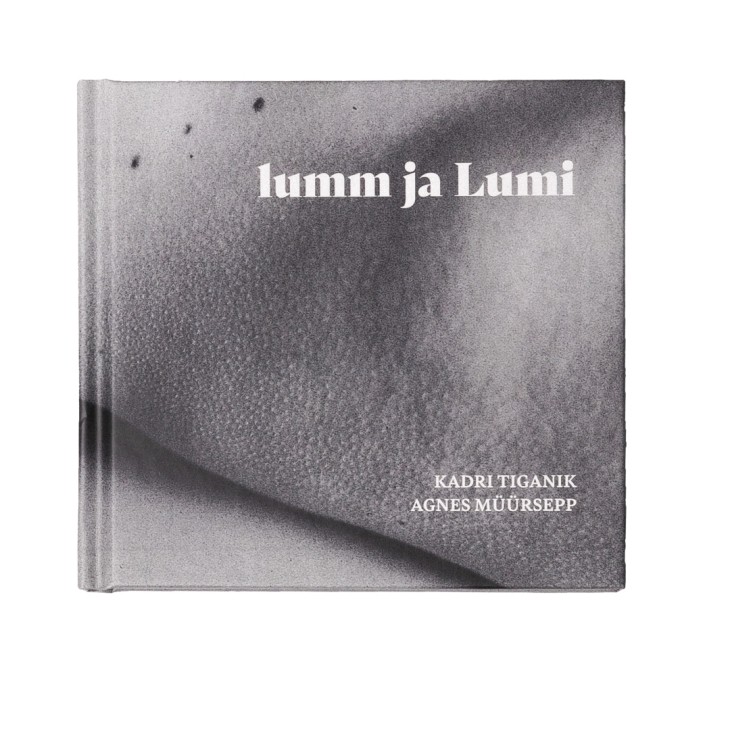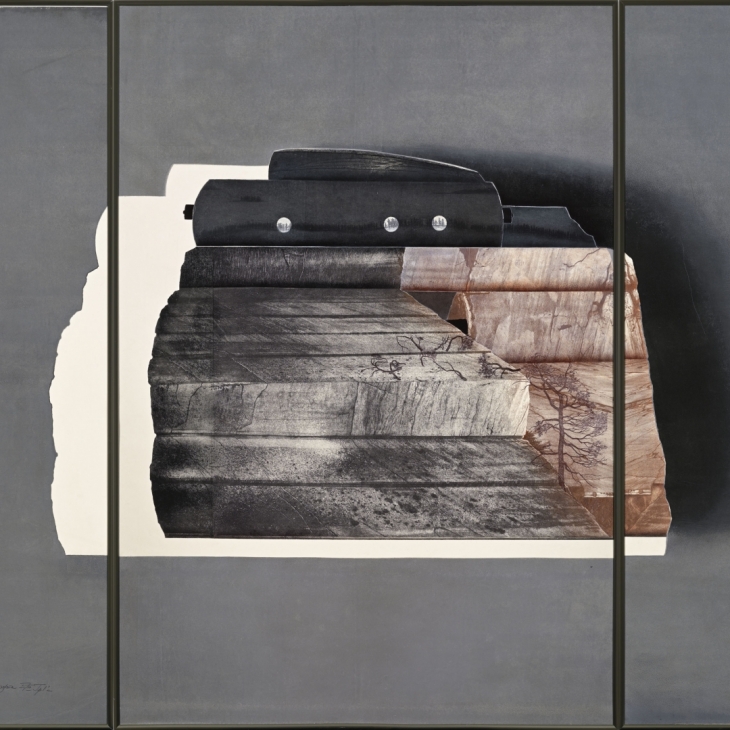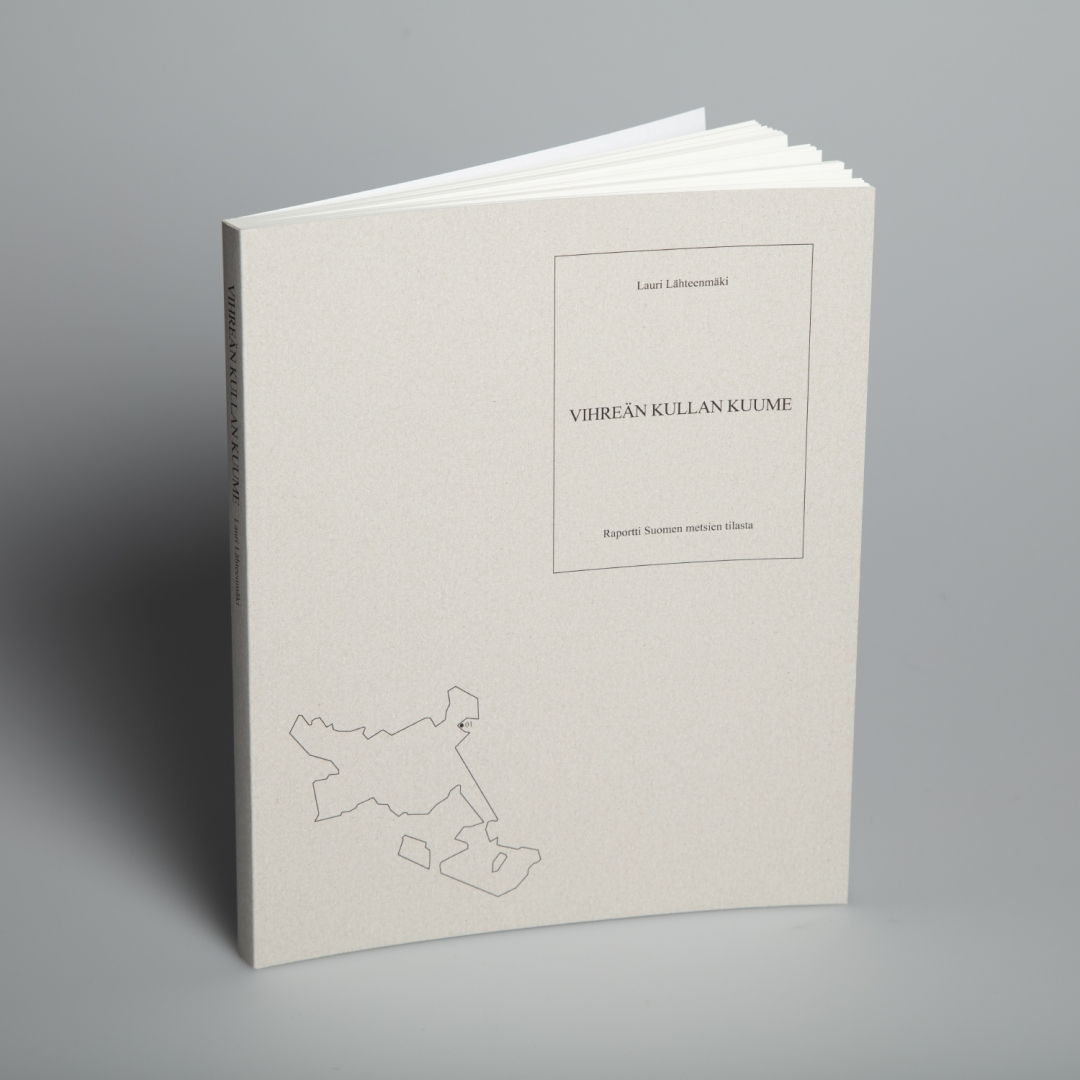Green Gold Fever: Report about the state of forests in Finland, 2022
FSC-paper (Munken Print Cream) & recycled paperboard
Vihreän kullan kuume: Raportti Suomen metsien tilasta
Green Gold Fever: Report about the state of forests in Finland
Photobook, 2022
240 x 297 mm
152 pp.
Edition of 200
Recycled paperboard and FSC-certified paper (Munken Print Cream, 115gsm)
Printed by KOPA in Lithuania
Language: Finnish, due to media citations
The photobook Vihreän kullan kuume: Raportti Suomen metsien tilasta (Green Gold Fever: Report about the state of forests in Finland) packs up a research-based landscape photography series (Vihreän kullan kuume / Green Gold Fever, 2017–2022) in a publication. Containing 76 carefully composed color images from field works around Finland, the book studies the impacts of industrial forestry in the Finnish landscape. Focusing on distinctive features of landscape on numerous sites and areas thorough Finland, a holistic view of the ecological state of forests is projected with a systematic approach to photography. While it offers an understanding of the visible environmental condition, the book is structured around a data (120 sources) collected from news media, which plays a key role in a century long but more than ever up to date debate about forest utilization – a subject that touches the core of Finland’s modern history and stretches over national borders, as environmental degradation and climate change have become fundamental questions for humanity’s survival. Text collages made of statements and commentaries of different voices are set side by side with the photographed reality. The resulting book is a thematically arranged discussion between those who support and those who criticize current forestry practices – without forgetting the third party, the forest itself, whose mute voice is narrated though photography.
Citing a discussion with a Norwegian journalist, ‘forest is the oil of Finland’. Industrialization in the country was laid on forest resources, which still make up a fifth of its exports. The only major Finnish companies represent the forest sector, which in turn is heavily subsidized by the state. Economics, however, only scratch the surface – as forests inhabit a locus in the Finnish cultural consciousness: The romantic era painters, composers, and writers – from Jean Sibelius to Albert Edelfelt – cultivated an imaginary of Finland as a land of untouched natural beauty, Finns as forest-born people, which then formulated the national identity. Today, such nationalist understandings conflict with unflattering scientific realities: only 2,9 % of Finland’s forests are in a natural state, every tenth forest specie is endangered, and the heavily forested country’s land has become a source of climate-warming greenhouse gas emissions.
My personal frustration with the above reached a peak when the forests encircling our family homestead were cut down by a multinational forest company. Knowledge-based action has not succeeded enough contesting a national tradition of forest management largely hijacked by the forest industry. Looking for alternative ways to engage, I begun working with the series Vihreän kullan kuume (Green Gold Fever) in 2017. I wanted to challenge the romantic imaginaries that still live and evolve independently, now utilized by country brand committees and advertising agencies. Using a medium format 6×6 film camera, I developed a method that is inspired of ecological field research and geography, visually interested in human-altered landscapes like the New Topographics movement. However, I shifted the focus from the monumental built environment into a subliminal area – the physical traces of human in nature: clear cuts, monocultures, roads and trails of heavy machinery, and violated ecosystems. Linking the sites of photography to wider geographical contexts with maps and coordinates helped me to build an argument: This work really represents the forest landscape of Finland. And it shows environmental degradation that people avoid experiencing, since it would shatter the idealized understanding of what nature is today.
When the speech about forests faces the grounded reality in the book, the meanings of language start to reveal. Interest-seeking rhetoric, dishonest arguments, and strategic acts of speech become apparent – often even Dadaistic. Still, the book does not take sides or frame subjects – not even by the materials, which indexically attach the it in a system of resource extraction that is the industrial society’s foundation. It is based on a neutral data, making the reader responsible of the report’s interpretation. Arising thoughts and feelings merely reflect one’s own logic.
Sources:
https://www.uef.fi/fi/artikkeli/missa-ovat-euroopan-viimeiset-luonnonmetsat
https://www.ymparisto.fi/fi-fi/luonto/luontotyypit/luontotyyppien_uhanalaisuus/Metsat/Kuinka_turvata_metsaluonnon_tulevaisuus
https://stat.fi/julkaisu/cktlcpwag38sg0c5561iqop0y

